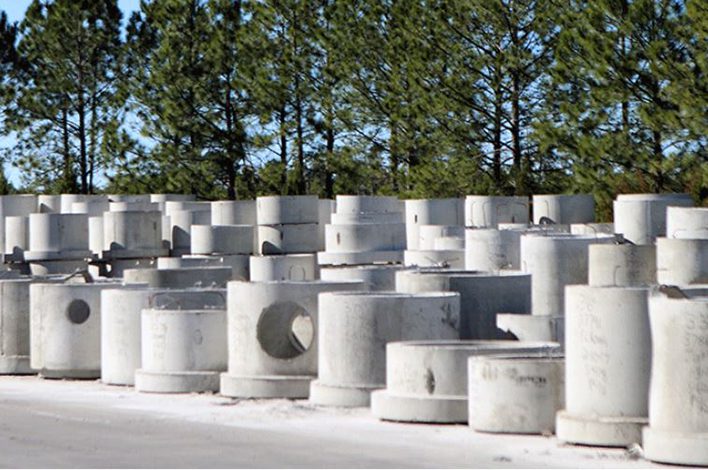Companies and engineers need a strategic approach when job specifications can call upon multiple codes, sometimes from different standard-setting associations
A variety codes and specifications set the minimum standards for the structural design and manufacturing of precast concrete products, but what should precasters do when different codes have conflicting language?
First, start with a list of the major codes and standards commonly specified, such as this one:
- American Concrete Institute (ACI), ACI-318 Building Code Requirements for Structural Concrete
- American Concrete Institute (ACI), ACI-350 Code Requirements For Environmental Engineering Concrete Structures
- American Association of Highway and Transportation Officials (AASHTO), AASHTO 17th Edition 2002 Standard Specifications for Highway Bridges
- American Association of Highway and Transportation Officials (AASHTO), AASHTO LRFD Bridge Design Specifications
- The American Society for Testing and Materials (ASTM), Various manufacturing and design standard specifications
From there, rely on your experience, training and a little bit of common sense.
The stress of designing precast concrete
Sometimes, projects that have precast concrete specified in the plans reference conflicting codes to follow for the products’ structural design. The inclusion of conflicting codes often causes stress, confusion and possible project delays.
This issue most often occurs when specifying engineers rely on standard or canned specifications for projects that reference everything be followed, leaving the design engineer to make assumptions.
But a thorough read of each code leads to, among other things, different:
- Load factors.
- Bar cover requirements.
- Methods for computing the capacity of concrete members.
- Live loads.
So, what to do?
Err on the side of more information
If time allows, the first option always should be a request for information to the engineer of record to find out exactly which code to follow for the design and manufacture of the precast concrete products.
Keep in mind that it could take days or even weeks to get an answer, so it may not be the best option for some precast projects, such as when a contractor expects fast turnaround.
The second option is to look deeper into the project plans and review how everything fits together. The biggest clue as to what design code to follow is the live load the precast concrete products are specified to support.
Knowing the required design live load determines the design code, because design codes have specific live loads within them that are not the same across all codes.
Often, there will be general notes on the same project plan sheets as the precast products. Within these general notes, it is common to find the required design live load to design the precast products for.
For example, here is a list of design codes and the corresponding live loads within them:
- ACI – Uniform live load given in pounds per square foot or kips per square foot.
- AASHTO 17th Edition 2002 – H 15-44, H 20-44, HS 15-44, HS 20-44, HS 25, Alternate Military Loading
- AASHTO LRFD 2020 – HL-93
- ASTM – A-03(300psf), A-8, A-12, A-16
If a project has all the codes mentioned above referenced within the specifications and the precast concrete product plan sheet has a note near them saying they are required to support an HS 20-44 live load, it is a good bet that the AASHTO 17th Edition 2002 is the design code to follow. This assumption is made because the HS 20-44 truck live load only shows up within the AASHTO 17th Edition 2002 Standard Specification for Highway Bridges Design Code.
If time and information isn’t in your favor, always choose the most conservative code and design the product following it. Yes, this could result in a small amount of conservatism in the design, but everyone knows that saving time is money, too. It also keeps the customer happy that things are moving along at a fairly quick pace.
What should a specifying engineer do?
As a specifying engineer, be sure to provide plans and specifications specifically calling out what code to design the precast concrete products to. This ensures that the owner is getting a properly designed, quality product that will last for decades to come.
Some notable benefits of precast concrete are quality construction within a controlled environment, quick installation, financial savings and being a durable, resilient product.
Daryl Burns, P.E., is a former NPCA director of codes and standards. He currently is a product engineer at Garden State Precast.
